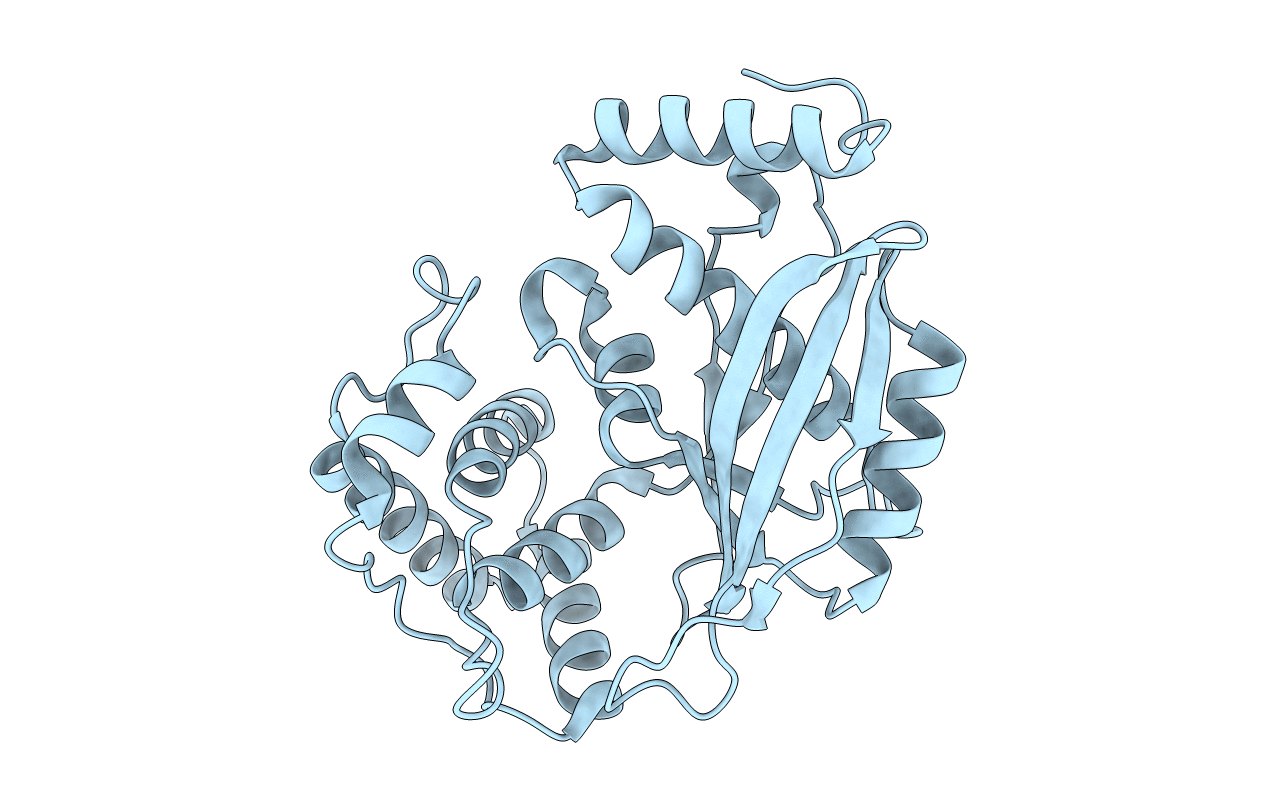
Deposition Date
2020-02-25
Release Date
2020-09-16
Last Version Date
2024-10-16
Entry Detail
PDB ID:
6Y5U
Keywords:
Title:
MenT3 (aka TglT), nucleotidyltransferase toxin Rv1045 from Mycobacterium tuberculosis
Biological Source:
Source Organism:
Mycobacterium tuberculosis H37Rv (Taxon ID: 83332)
Host Organism:
Method Details:
Experimental Method:
Resolution:
1.59 Å
R-Value Free:
0.22
R-Value Work:
0.20
R-Value Observed:
0.20
Space Group:
P 32 2 1


